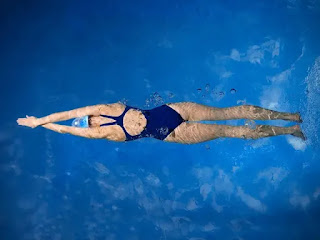Choosing the Right Yoga Clothing

Choosing the Right Yoga Clothing Choosing the right yoga attire can help you practice yoga more comfortably. Here are some suggestions: Comfort : Choose soft, breathable fabrics such as cotton, polyester, and spandex blends. These fabrics absorb sweat, keep your skin dry, and provide enough stretch for unrestricted movement. Fit : Clothing should be snug but not tight, avoiding overly loose or tight styles. Tight-fitting clothes can reduce friction during practice, while overly loose clothing may affect your movements and balance. Ease of Wear : Opt for designs that are easy to put on and take off, avoiding overly complicated or heavily adorned styles. This allows you to focus more on your practice without being distracted by clothing. Suitable for Activity Type : Choose attire based on the type of yoga and intensity of activity. For example, if you're doing flow or hot yoga, you may prefer lighter, more breathable clothing, while for yin or meditation yoga, you may prefer warmer ...


.jpg)

.jpg)


.jpg)

.jpg)
.jpg)


.jpg)

.jpg)
.jpg)


.jpg)